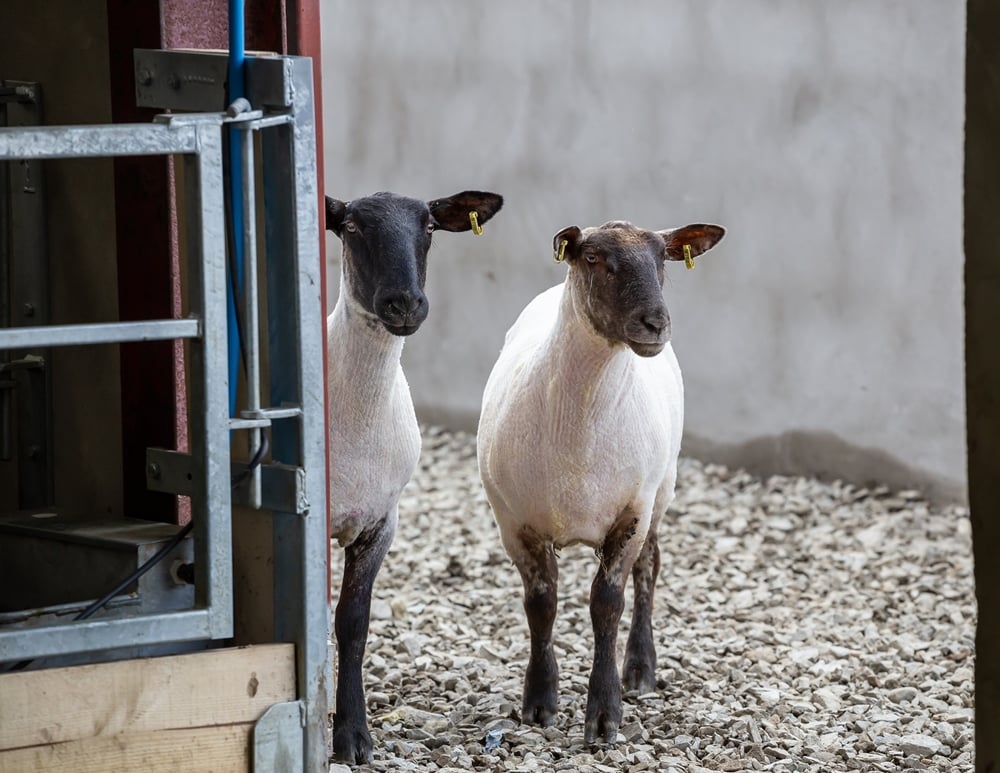Top tips to prepare for shearing.
With the shearing season soon upon us, we wanted to share the following advice to help you prepare for the coming year.
- Contact your usual shearer in good time to confirm the number of sheep to be sheared this year and their availability.
- Consider the flystrike risks for your farm and decide if a preventive treatment for ewes would be beneficial, or if dagging or crutching dirty ewes might be necessary. If so, make a note that all shearers will need to know if any residues are still on the fleece before shearing.
- Be even more vigilant on your daily checks to identify fly strikes early.
- If the weather is warm, ensure there is shade in the fields and consider the heat stress factors for the sheep. Do routine tasks early morning or later in the day when it is cooler.
- Offer hand washing and changing facilities to shearers where possible – this will allow them to enter your farm in fresh clothes with clean hands to help limit the spread of any germs that may be present.
- Please do not send in wool that has been damaged by Fly Strike. Fleeces containing maggots are likely to damage other wools.
- After shearing ensure your fleece is rolled and pack fleeces from different breeds and types separately to avoid cross-contamination and a reduced wool value.
- Remain alert to the risks – shearing is a necessary task, but all involved must carefully observe the guidance to ensure that diseases aren’t spread from farm to farm.
- For industry guidance on shearing click here.
For advice on controlling parasites in sheep, including flystrike, click here.
For advice on how best to handle sheep during extreme weather, click here.

